Every year, Americans spend over $700 billion on prescription drugs. But here’s the twist: 90% of those prescriptions are for generic medications - and they cost just 12% of that total. That’s not a typo. In 2024 alone, generic drugs saved the U.S. healthcare system $482 billion. That’s more than the entire annual budget of the Department of Education.
Why Generics Cost So Little
Generic drugs aren’t cheap because they’re low quality. They’re cheap because they don’t need to recoup billions in research and marketing costs. When a brand-name drug’s patent expires, other manufacturers can make the exact same medicine - same active ingredient, same dosage, same effectiveness. The FDA requires them to prove bioequivalence, meaning they work just as well. Take albuterol, the inhaler used for asthma. The brand version, Ventolin, can cost over $60 per inhaler. The generic? Around $10. One patient in Bristol told me they switched last year and saved $300 a month. That’s not rare. According to GoodRx, nearly 1 in 12 Americans have medical debt because they couldn’t afford their meds. Generics are often the difference between taking your medicine and skipping doses.The Brand-Name Problem
Brand-name drugs make up only 10% of prescriptions but soak up 88% of drug spending. That’s because companies charge whatever the market will bear - and in the U.S., that’s a lot. Americans pay more than three times what people in other developed countries pay for the same brand-name drugs. Why? Because the U.S. doesn’t negotiate drug prices like other nations do. Some companies use shady tactics to keep prices high. One common trick is called “pay for delay.” A brand-name maker pays a generic company to hold off on launching its cheaper version. In 2024, these deals cost the system an estimated $1.2 billion a year in lost savings. The Federal Trade Commission has been trying to crack down, but it’s still happening.Biosimilars: The Next Big Savings Wave
Biosimilars are the next generation of generics - but for complex biologic drugs made from living cells. Think Humira, Stelara, or insulin. These used to cost $70,000 a year per patient. Now, biosimilars are hitting the market at 80% less. Humira, the top-selling drug in U.S. history, had no competition for years. Once biosimilars arrived in 2023, adoption jumped from 3% to 28% in just one year. Health plans saved billions. Stelara, a $6 billion drug, now has seven biosimilars approved - and prices are already dropping. By 2026, Stelara biosimilars alone could save $4.8 billion annually. But here’s the scary part: 90% of the biologics set to lose patent protection over the next decade have zero biosimilars in development. That means $234 billion in potential savings could vanish before anyone even tries to capture it.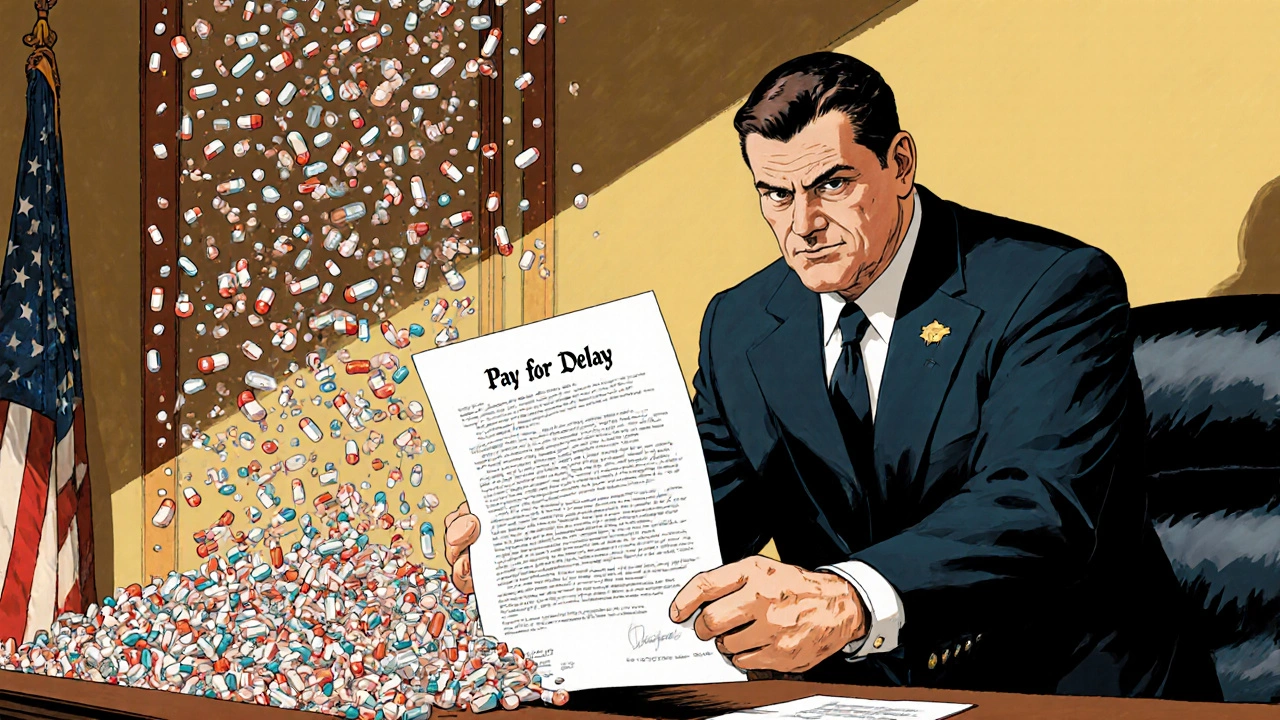
How Medicare and Policy Are Changing the Game
The Inflation Reduction Act gave Medicare the power to negotiate prices for certain drugs. In 2025, insulin is capped at $35 per vial for Medicare patients - down from $275. Eli Lilly, the maker, said it would make non-branded insulin available for $25. That’s a 90% drop. Other drugs like Ozempic and Wegovy are now being negotiated under new Most-Favored-Nation rules, cutting prices from over $1,000 to $350 a month. The Congressional Budget Office estimates that if Medicare negotiation were expanded to 30 drugs a year - and then applied to Medicaid and private insurance - the U.S. could save over $1 trillion over ten years. That’s not theory. It’s math.Who’s Really Saving Money?
Patients save. Health plans save. Taxpayers save. Even employers save - because lower drug costs mean lower insurance premiums. CMS data shows that less than 1% of Medicare beneficiaries who hit the catastrophic coverage phase use only brand-name drugs. That tells you something: the high out-of-pocket costs come from expensive brands, not generics. When patients switch to generics, their monthly bills drop. Their risk of medical debt drops. Their health improves because they can actually afford to take their meds. Pharmacists report that patients are more likely to refill prescriptions when generics are available. One pharmacy chain in Ohio tracked refill rates before and after switching patients to generic statins. Refills went up 22%. Fewer heart attacks. Fewer ER visits. Less strain on the system.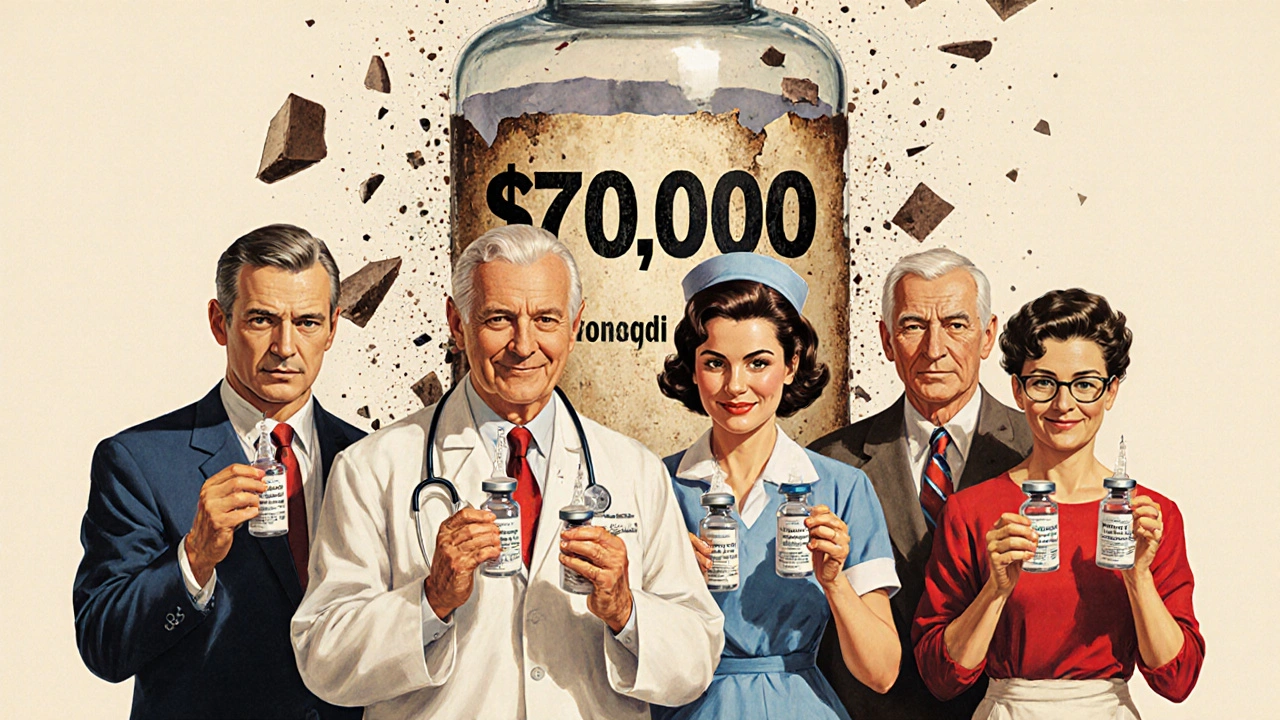

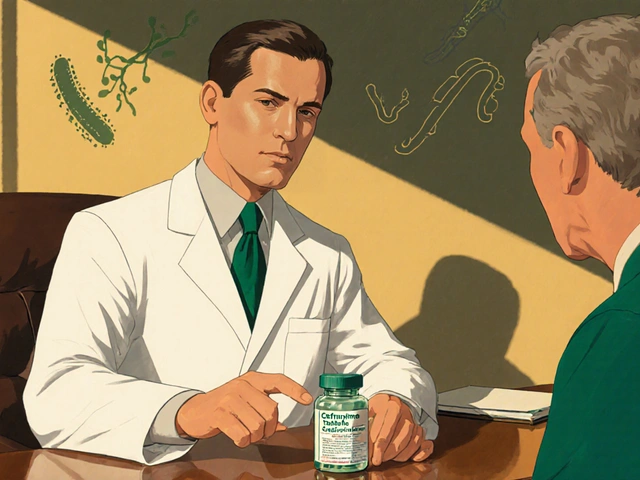
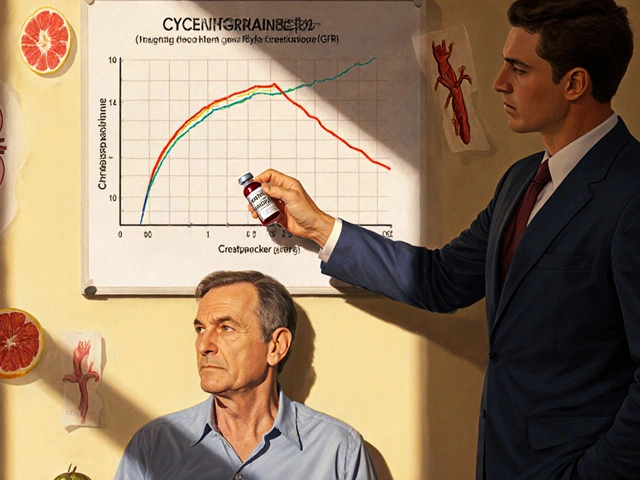
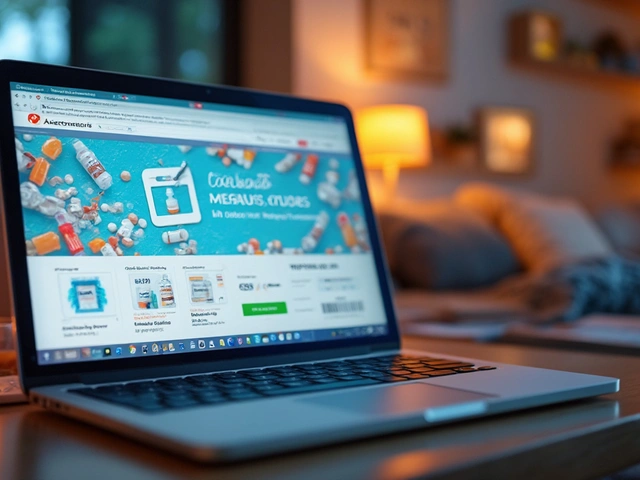
Bailey Sheppard
November 19 2025It’s wild how something so simple-using generics-can save billions without needing a miracle drug or a new tech startup. The math is undeniable, and yet we still act like it’s controversial. People don’t realize their insulin co-pay drop isn’t magic, it’s policy working as intended.